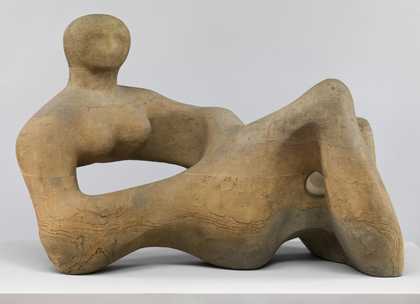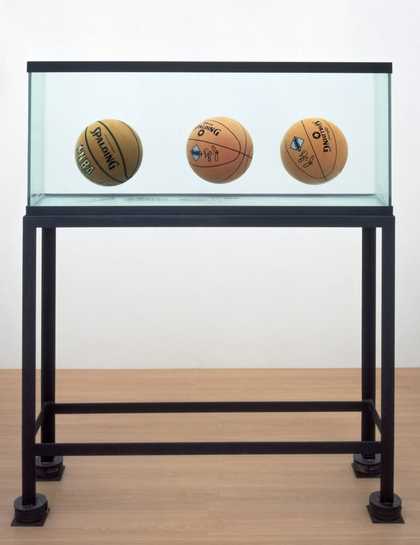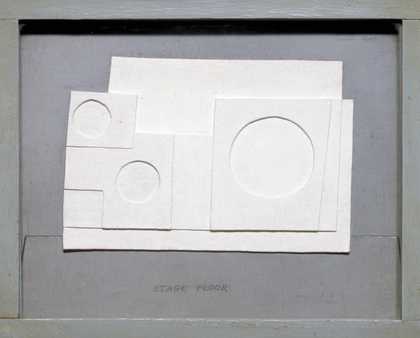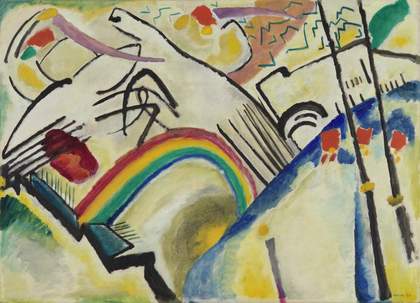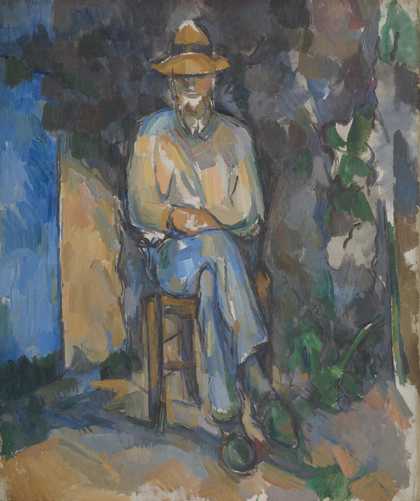
Paul Cezanne
The Gardener Vallier (c.1906)
Tate
Formalism describes the critical position that the most important aspect of a work of art is its form – the way it is made and its purely visual aspects – rather than its narrative content or its relationship to the visible world. In painting therefore, a formalist critic would focus exclusively on the qualities of colour, brushwork, form, line and composition.
Formalism as a critical stance came into being in response to impressionism and post-impressionism (especially the painting of Cézanne) in which unprecedented emphasis was placed on the purely visual aspects of the work. In 1890 the post-impressionist painter and writer on art, Maurice Denis, published a manifesto titled Definition of Neo-Traditionism where he emphasised that aesthetic pleasure was to be found in the painting itself not its subject. This became one of the most widely quoted texts in the history of modern art:
Remember, that a picture, before it is a picture of a battle horse, a nude woman, or some story, is essentially a flat surface covered in colours arranged in a certain order.
In Britain formalist art theory was developed by the Bloomsbury painter and critic Roger Fry and the Bloomsbury writer Clive Bell. In his 1914 book Art, Bell formulated the notion of significant form – that form itself can convey feeling. All this led quickly to abstract art, an art of pure form. Formalism dominated the development of modern art until the 1960s when it reached its peak in the so-called new criticism of the American critic Clement Greenberg and others, particularly in their writings on colour field painting and post painterly abstraction. It was precisely at that time that formalism began to be challenged by postmodernism.

